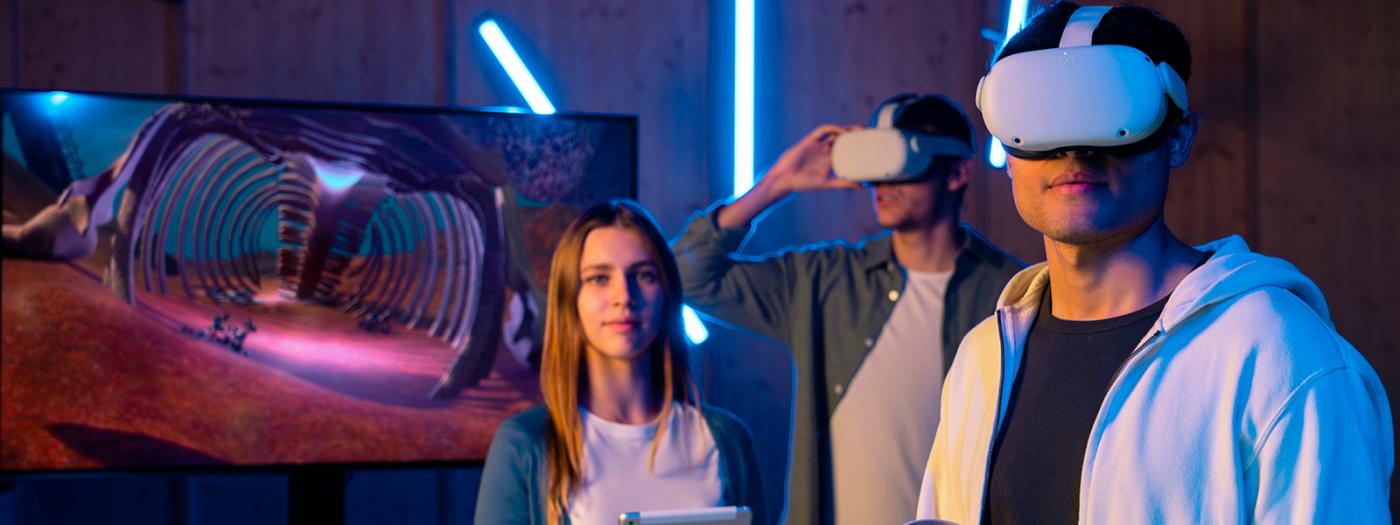Nowadays, both electronics and IT move the world, allowing all kinds of communications, from communication between people, between a person and a machine and between machines. Until recently, electronics was a discipline reserved solely for electronic engineers, people who had scientific abilities that allowed them to understand the operation of the most sophisticated circuits.
However, electronics have been evolving in such a way that it is no longer necessary to be an engineer to be able to get some of the interactive platforms that are currently in demand on the market (home automation, drone construction, mapping projections, interactive showcases... .)
The figure of the technologist has appeared with the maturation of technology society, where the tools to be able to create software and hardware platforms have already been created and what must be known is how to use them in order to minimize development times , enhance the user experience and create attractive, high-performance applications.
The objective of the subject is that, once completed, the student will be able to work independently creating a personal multimedia interactive project.
At the end of the subject the student should be able to create an interactive product that has real utility.
All devices must work from their own code that the student must program.
As the practice will be carried out within a multidisciplinary group of 3-5 people, the results and skills will vary depending on the role the student takes on.
Titular Professors
The Learning Outcomes of this subject are:
RA.01 The existing software tools for modeling, animation, setting and representation of objects and geometries in 3D are known.
RA.02 Knowledge is available to be able to find relevant information that has not been given in class.
RA.03 Knowledge of audiovisual retouching tools is available.
RA.04 Create digital content.
RA.05 Know how to work in a group.
LLUM BCN PROJECT
Transversal project with Architecture where an interactive installation must be made on the streets of Barcelona.
Creation of the idea
o Teams and roles
o Description of the problem
o State of the art
o Solution proposed
o Work tools
Analysis and design of the prototype
o Technological analysis
o Structural analysis
o Functional design
o Functional analysis
o Specification of materials
o Costs
Implementation of the prototype
o Work in the realization of the prototype
Test
o initial UX Tests
o Final UX Tests
This subject bases its teaching in 3 different methodologies:
Theoretical classes
The theoretical classes will take place during the first part of the semester where the teacher will give a series of guidelines so that the students can satisfactorily complete the proposed exercise during the rest of the week.
Classes of problems and exercises
The problem classes and exercises will complement the theoretical class in which the students will have to start doing the exercise that the teacher proposes for the next week.
Project Based Learning
During all the non-face-to-face hours of the second part of the semester, students will have to complete a single final project. This project will begin to be considered during the first semester from the problems and exercises classes, but it will be in the second semester where the students will have to plan and work together to complete it satisfactorily.
Tutorials
During all face-to-face classes in the second part of the semester, the teacher will meet for an hour with each of the groups in order to evaluate how Project-Based Learning is being carried out and thus be able to evaluate the work that each of the roles
Due to the different teaching methodologies, this subject has different evaluation systems, which guarantee that the grade is as fair as possible. The evaluation systems that will be used in the subject are the following:
SA1. Exercises, problems and practices [First half of the semester]
During the first half of the semester, students will have to complete certain assignments. These deliveries will be worth 40% of the final grade.
SA2. Project [Second half of the semester]
Based on the tutorials that will be held in class, the teaching staff will evaluate the work being done to complete the project. This grade will be worth 30% of the final grade.
SA3. Self evaluation
At the end of the course, the whole group will be asked to rate the work done by their fellow students. This grade will be worth 10% of the final grade of the subject.
SA4. Oral presentations
There will be two presentations throughout the course. The first during the control point and the second at the end of the subject. Oral presentations will be worth 20% of the final grade in total. In other words, each presentation will be worth 10%.
Final evaluation
The final mark of the subject will be given by the following formula.
NF = 0.4(SA1) + 0.3(SA2) + 0.1(SA3) + 0.2(SA4)
